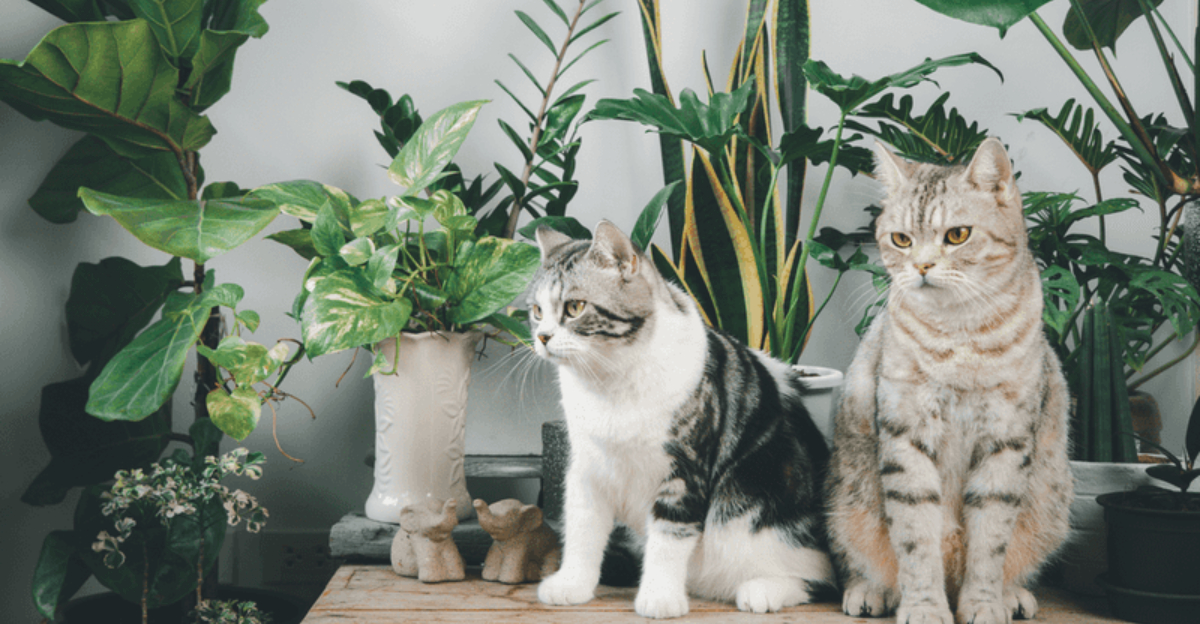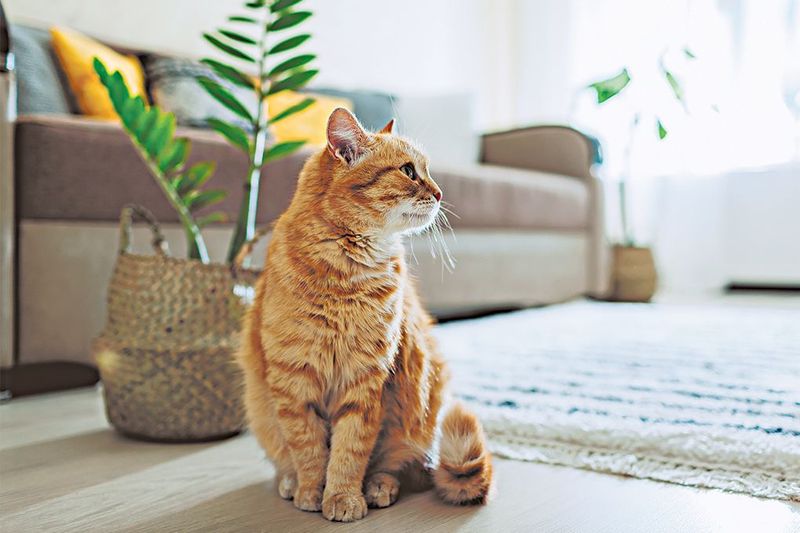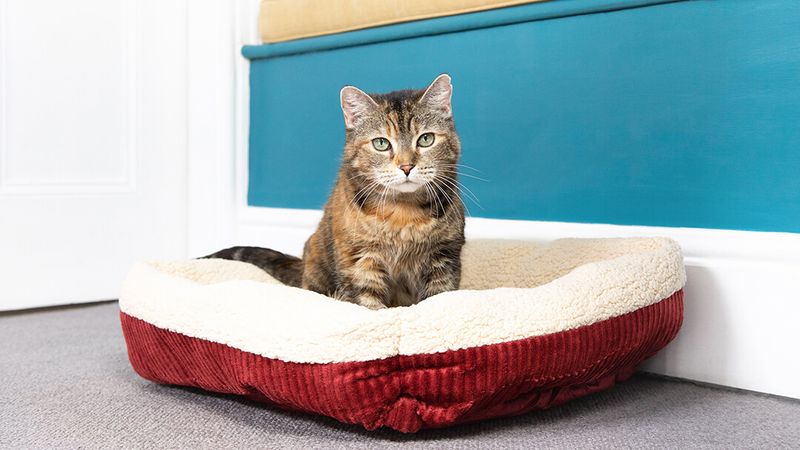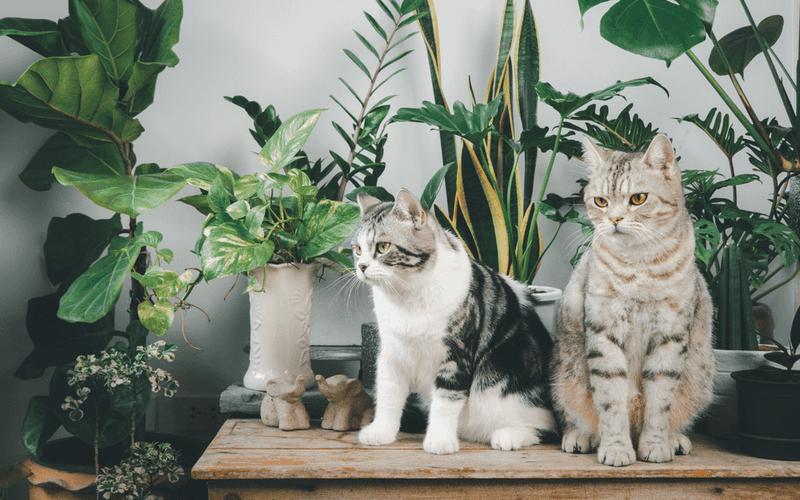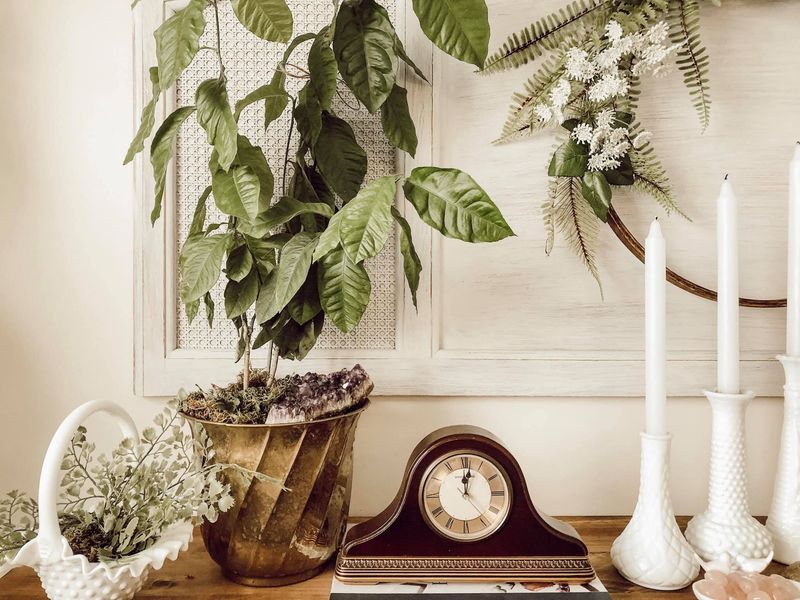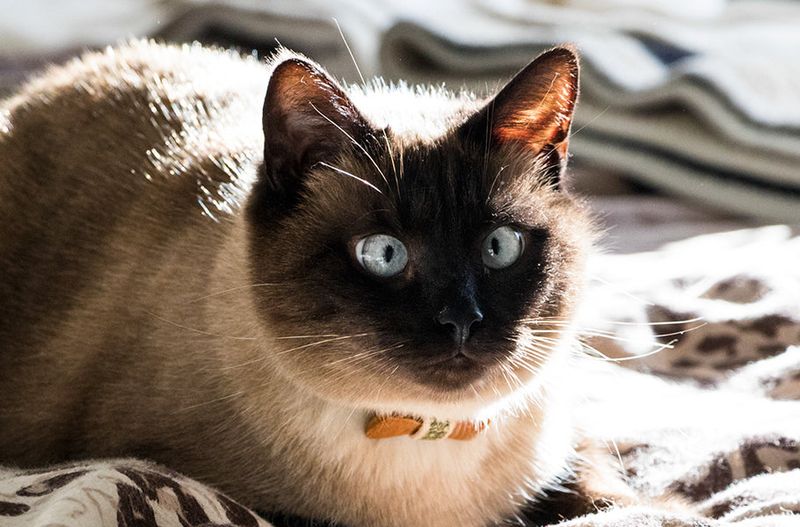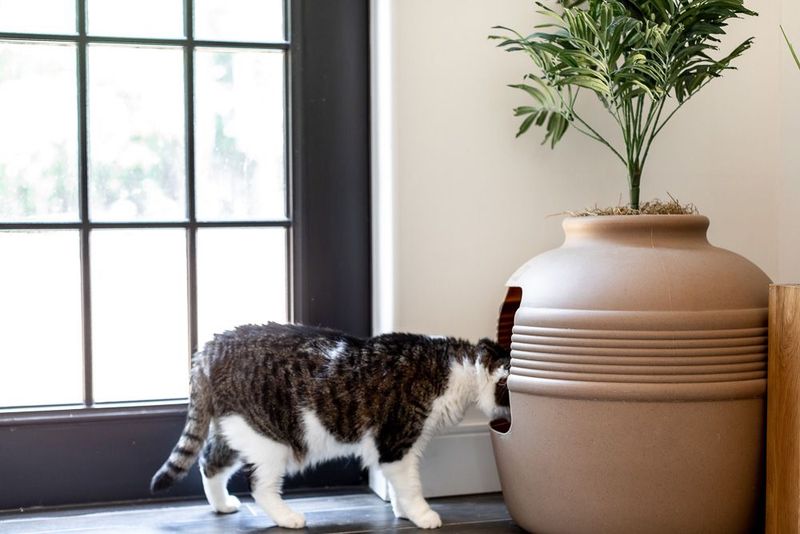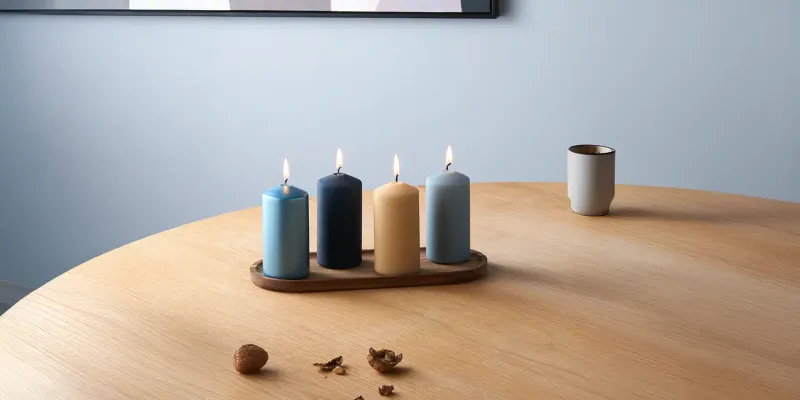📖 Table of Content:
Your cat may not speak your language, but it communicates volumes through behavior—and when something feels off in their home environment, those signals can become loud and clear. From unexplained hiding to unprovoked outbursts or anxious pacing, feline stress often reflects imbalances in the space they live in. While physical health issues should always be ruled out first, subtle environmental factors like energy flow, noise, and clutter can deeply impact your cat’s comfort.
Feng Shui, the ancient Chinese art of arranging space to promote harmony and balance, isn’t just for humans. Its principles extend beautifully to the pets who share our homes, especially cats—creatures that are both sensitive and territorial. Their instinctual need for calm observation, security, and routine aligns naturally with Feng Shui’s focus on intentional spatial design and energetic alignment.
Rather than a one-size-fits-all formula, Feng Shui offers mindful adjustments that cater to your cat’s unique preferences. By tuning into your cat’s behaviors and combining them with these seven Feng Shui-inspired changes, you can transform your home into a sanctuary that supports both peace and play. Here are seven key shifts to consider for a more harmonious cat-friendly space.
1. Clear the Clutter
Messy surroundings don’t just look chaotic—they feel chaotic to your cat. Clutter blocks the flow of chi, the vital energy in Feng Shui, making your feline feel trapped or overstimulated. Cats gravitate toward tidy, open spaces where they can freely roam and relax without constant obstacles. Removing unnecessary items from their favorite spots—like window ledges, under beds, or corners—can instantly lighten the mood. Even a simple daily habit of putting things back where they belong helps create a predictable, serene rhythm. A decluttered feeding area, litter zone, and sleeping nook offer calm energy and make routines easier for them. Ultimately, less visual noise leads to more emotional calm for your feline companion.
2. Create a Command Position
Strategically placing your cat’s bed or resting spot in what Feng Shui calls the “command position” offers them psychological comfort and security. This location is typically across from the main entrance of the room, but not directly in line with it—so your cat can observe comings and goings without feeling exposed. Such positioning mimics their instinct in the wild, where vantage points are crucial for spotting threats while staying hidden. Whether it’s a soft bed on a shelf, a window perch, or a cozy blanket on the couch, orienting it correctly allows your cat to settle without constant startle responses. Cats thrive when they feel in control of their territory, and this simple shift can support that need. If your cat avoids certain spots in the home, try adjusting the angle or placement to mimic this layout. You’ll likely notice a more relaxed and confident posture almost immediately.
3. Incorporate Natural Elements
Bringing nature indoors is a core tenet of Feng Shui and a treat for your cat’s senses. From leafy plants (non-toxic varieties like spider plants or cat grass) to natural materials like jute, bamboo, and wood, these textures and scents connect them with their primal instincts. Sunbeams filtering through the window, fresh air, or the trickle of a tabletop fountain can also create a grounding atmosphere. Natural elements don’t just enrich your decor—they stimulate and soothe your cat’s nervous system. Even something as simple as an open window for birdwatching adds a layer of engagement and calm. Your home becomes a miniature ecosystem that feeds their curiosity while reducing pent-up energy. In every room, look for ways to weave in nature as a backdrop to your cat’s daily life.
4. Designate a Personal Space
Establishing a private retreat for your cat can be one of the most comforting changes you make. Cats value alone time as much as companionship, and a designated hideaway helps fulfill that need. Whether it’s a soft blanket in a quiet corner, a high shelf, or a hidey-hole behind the couch, this personal zone becomes their emotional anchor. Ensure the space is low-traffic, safe from loud noises, and separate from high-energy zones like the kitchen or children’s play areas. The goal isn’t isolation but a retreat—a place where your cat can decompress, sleep, and recharge on their terms. Some cats prefer elevation, so window perches or cat trees are ideal, while others prefer ground-level dens. Let your cat’s habits guide the creation of this sacred space.
5. Balance the Five Elements
To create energetic harmony, Feng Shui emphasizes the importance of balancing five elements: wood, fire, earth, metal, and water. Cats are most aligned with the wood element, symbolizing growth and renewal, so consider adding blue and green hues to their environment—such as in their bedding, toys, or collar. These colors can offer subtle energetic nourishment, especially in overstimulating spaces. Balance doesn’t mean rigid equality; rather, it means thoughtful representation. A ceramic bowl (earth), a metal toy, a flickering fireplace, or a small water feature can provide diverse sensory cues. This elemental variety adds texture and energy shifts throughout the home, subtly enhancing your cat’s mood. By observing where your cat spends time, you can also see which elements they may crave or avoid.
6. Mind the Litter Box Placement
Where the litter box lives has more to do with energy than convenience. A box placed in a noisy, high-traffic area can create stress and even cause litter aversion. Ideally, position it in a calm, private corner—somewhere accessible yet discreet, where your cat won’t feel watched or startled. Avoid bathrooms with banging doors or next to loud appliances like dryers. Feng Shui principles emphasize respect for all bodily needs, so treat the litter zone with dignity: keep it clean, well-lit, and not too close to food or water. Using a screen or plant to gently separate the area can also enhance your cat’s sense of privacy. The result is not only a more relaxed bathroom routine but fewer behavioral mishaps as well.
7. Use Calming Scents and Sounds
Scent and sound, though often overlooked, play a powerful role in your cat’s sense of security. Instead of artificial air fresheners or overpowering perfumes, consider pet-safe essential oils like lavender, chamomile, or valerian to infuse peace into your space. Music tuned to feline frequencies—often instrumental, low-tempo, or nature-based—can reduce stress and even help during transitions like moving or vet visits. Wind chimes, soft rain recordings, or ambient sound machines can also bring rhythm and calm into the environment. Just ensure that any scent or sound additions are introduced slowly and with your cat’s comfort in mind. The goal is a subtle, almost imperceptible ambiance that helps soothe their heightened senses. In turn, your home begins to hum with a sense of quiet equilibrium both you and your cat can feel.
